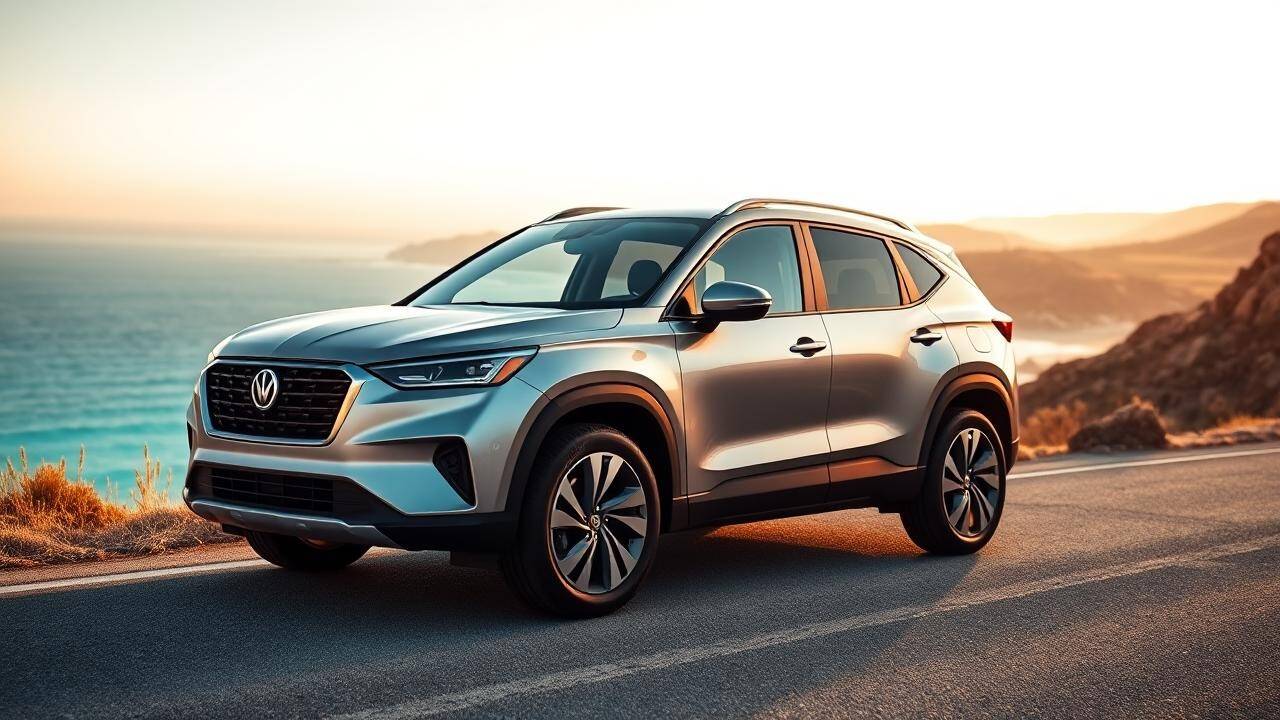Car Insurance and Maintenance Costs You Must Know Before Buying in India
Buying a car is an exciting milestone, but it also comes with ongoing responsibilities that extend far beyond the initial purchase price. Two major considerations that significantly affect long-term ownership costs are insurance and maintenance. Understanding these costs in advance allows buyers to plan their budget efficiently and avoid surprises later. Whether you are buying a new or used car, factoring in these recurring expenses is crucial for a smooth ownership experience.
Comprehensive Insurance: Offers broader coverage, including damages to your own car due to accidents, natural disasters, theft, or vandalism. Comprehensive plans are costlier but provide better protection and peace of mind.
Premiums vary based on factors such as car model, engine capacity, age of the vehicle, location, and the policyholder’s claim history. New cars generally attract higher premiums, while vehicles with advanced safety features may benefit from discounts.
No Claim Bonus (NCB): Policyholders who do not file claims for consecutive years are rewarded with discounts on premiums.
Add-On Covers: Optional add-ons like zero depreciation, roadside assistance, and engine protection can enhance coverage but increase costs.
Fuel Efficiency: Higher fuel efficiency reduces running costs, particularly for long-distance travel.
Repair Costs: Some vehicles are prone to frequent issues due to complex technology or design, increasing repair costs over time.
Choose Add-Ons Wisely: Opt for essential add-ons that provide real value rather than unnecessary extras.
Regular Servicing: Timely maintenance prevents major repairs and extends the vehicle’s life.
Drive Safely: Fewer accidents mean lower claim rates and eligibility for No Claim Bonuses.
Use Genuine Parts: Using certified spare parts ensures durability and reduces frequent replacements.

Understanding Car Insurance in India
Car insurance is mandatory under Indian law, providing financial protection against accidents, theft, natural disasters, and third-party liabilities. There are mainly two types of car insurance policies:- Third-Party Liability Insurance: Covers damages or injuries caused to another person, vehicle, or property. It is the minimum legal requirement and is usually the most affordable option.
Factors Affecting Insurance Costs
Several factors influence car insurance premiums in India:- Car Make and Model: Luxury cars or imported models usually cost more to insure due to higher repair costs.
- Engine Capacity: Cars with larger engines attract higher premiums as they are considered riskier.
- Location: Vehicles in metropolitan cities often have higher premiums because of increased accident and theft risks.
Estimating Maintenance Costs
Maintenance costs are another critical factor that affects the total cost of ownership. These costs include periodic servicing, replacement of worn-out parts, fuel, and repairs. Cars with lower maintenance requirements are generally preferred by budget-conscious buyers.- Service Intervals: Check the manufacturer’s recommended service schedule. Some vehicles require servicing every 5,000 to 10,000 kilometres.
- Spare Parts Availability: Cars with widely available spare parts have lower maintenance costs compared to luxury or imported models.
Choosing Between Petrol, Diesel, and Electric Vehicles
Fuel type significantly impacts both insurance and maintenance costs. Petrol cars generally have lower upfront costs but slightly higher fuel expenses. Diesel cars provide better mileage, reducing running costs, but may have higher insurance premiums due to engine size. Electric vehicles, while still relatively expensive to purchase, have minimal maintenance requirements and lower insurance premiums in some states due to government incentives.Planning for Long-Term Ownership
Before purchasing a car, it is essential to calculate the total cost of ownership, which includes the purchase price, insurance, and estimated maintenance over the vehicle’s lifespan. Websites and apps now allow buyers to compare insurance quotes and maintenance costs for different models. Additionally, understanding depreciation helps you anticipate resale value, which can offset some of the expenses.Tips to Reduce Insurance and Maintenance Costs
- Compare Policies: Always compare multiple insurance providers for the best premium rates and coverage.
Government Policies and Discounts
Several government initiatives also impact insurance and maintenance costs. For instance, electric vehicle owners in some states receive insurance subsidies and lower road taxes. Additionally, hybrid and low-emission cars may qualify for reduced premiums. Being aware of these benefits can make ownership more economical.Conclusion
Owning a car in India involves more than just the purchase price. Insurance and maintenance costs are ongoing expenses that significantly affect the overall budget. Understanding how premiums are calculated, what coverage is essential, and how maintenance varies across models ensures informed decision-making. By planning carefully and taking advantage of available discounts and incentives, car buyers can enjoy a stress-free ownership experience while keeping costs under control. Awareness and preparation are the keys to enjoying your vehicle without financial surprises.Next Story